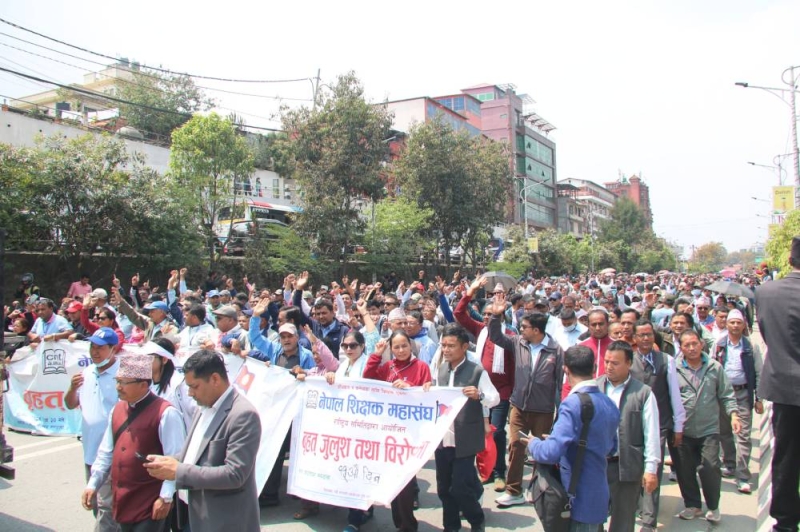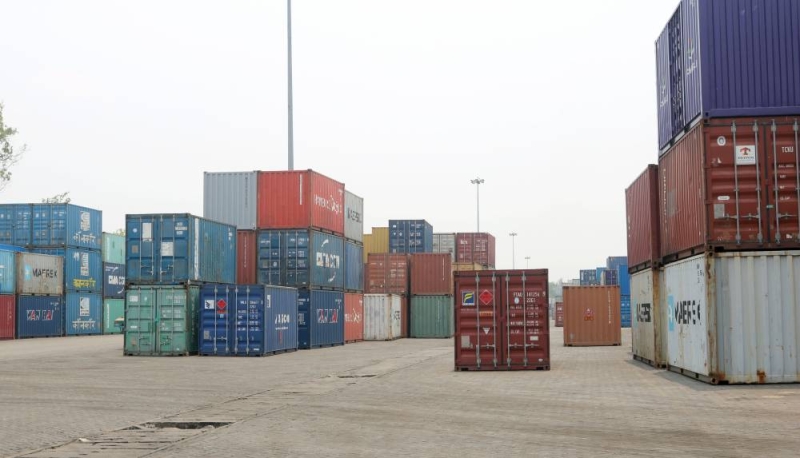EDITORIAL: Time to act fast
EDITORIAL: Time to act fast
Published: 02:20 am Aug 27, 2015
If things go according to plan, this would be a model of public and private partnership by making Pilachhein a model urban project Exactly four months after the devastating temblor the National Authority for Reconstruction (NAR) held its first meeting. The earthquake measuring a mammoth 7.8 in the Richter scale and several aftershocks caused huge casualties with almost 9000 people killed and thousands more maimed and injured besides huge destruction of property in a number of districts, including the Kathmandu Valley. This major natural calamity hit the country hard, and the rescue and relief work in the initial phase took a rather long time, as a result of which many victims were made to suffer further. Reconstruction works are going on now. But the pace of these works has proved to be lethargic. In order to carry out these, the NAR has now formally started its work. The chief executive of NAR who was appointed nearly two weeks ago, initiated his new responsibility by visiting the historic Newar settlement of Pilachhein in Laltipur district. With this urban reconstruction works have begun formally. The rural reconstruction work would be done after identifying a rural settlement in another district also hit by the earthquake. Pilachhein lies just a 10-minutes’ walking distance from the Patan Durbar square. READ ALSO: Reconstruction Authority begins work The NAR meeting has finally identified the districts most hit by the massive earthquake. A total of 31 districts have suffered the most. Among these, 14 districts were identified as ‘highly affected’, 11 as ‘affected’ and six as moderately affected. This classification is expected to help in the rehabilitation and reconstruction works and forming plans for such. The NAR will issue the plans after studying the report on Post Disaster Needs Assessment that has already been prepared by the National Planning Commission (NPC). This would assist in setting priorities as to how and when to carry out the rehabilitation and reconstruction works. However, although NAR has already started its work there is delay in the appointment of the deputy CEO and staff members of the Authority. As such, the work needed to be done as soon as possible is being delayed unnecessarily, as it is four months since the April 25 earthquake. The NAR is operating from a makeshift building at Singhadurbar without the required infrastructure . Meanwhile, the NAR will oversee the implementation of its pilot reconstruction project in Pilachhein where around 75 houses need to be rebuilt. Fortunately an effective reconstruction and rebuilding plan has already been made by the private sector and the locals making the tasks for NAR easier. Plans are afoot to build houses as high as five storeys that should be earthquake-resilient keeping intact the traditional looks and artifacts of the past. The urban settlement would have houses for both commercial and residential purposes. The first two storeys could be for commercial purposes and the rest for residential use. If things go according to plan, this would be a model of public and private partnership by making Pilachhein a model urban project. NAR has yet to approve the plan. Other quake-hit settlements in the Kathmandu valley could follow this initiative with the consent of the local communities. Soil shortage The TIA Air Transport Enhancement Project which has been assigned to improve the country’s only international airport is facing shortage of soil after the government imposed a ban on stone and soil quarry in and around the urban areas, including the Kathmandu Valley. The project is supposed to complete its task of constructing the additional parking bay, parallel taxiway and exit way at the TIA by March 2016. The project’s civil contractor has said that it has managed to get only 400,000 cubic meters of soil whereas it actually requires two million cubic meters of soil to complete the job. After receiving complaint from the project officials about non-availability of the soil required for the project the parliamentary Development Committee has directed all the concerned authorities to resolve the problem at the earliest. The parliamentary committee inspected the TIA and prepared a report which was submitted it to CA chairman Subas Chandra Nembang for necessary action. It is the duty of the government to ensure the availability of the raw material required for the civil construction. There must be coordination among all government agencies to expedite the development works. READ ALSO: ‘Open soil quarry to speed up TIA improvement work’





